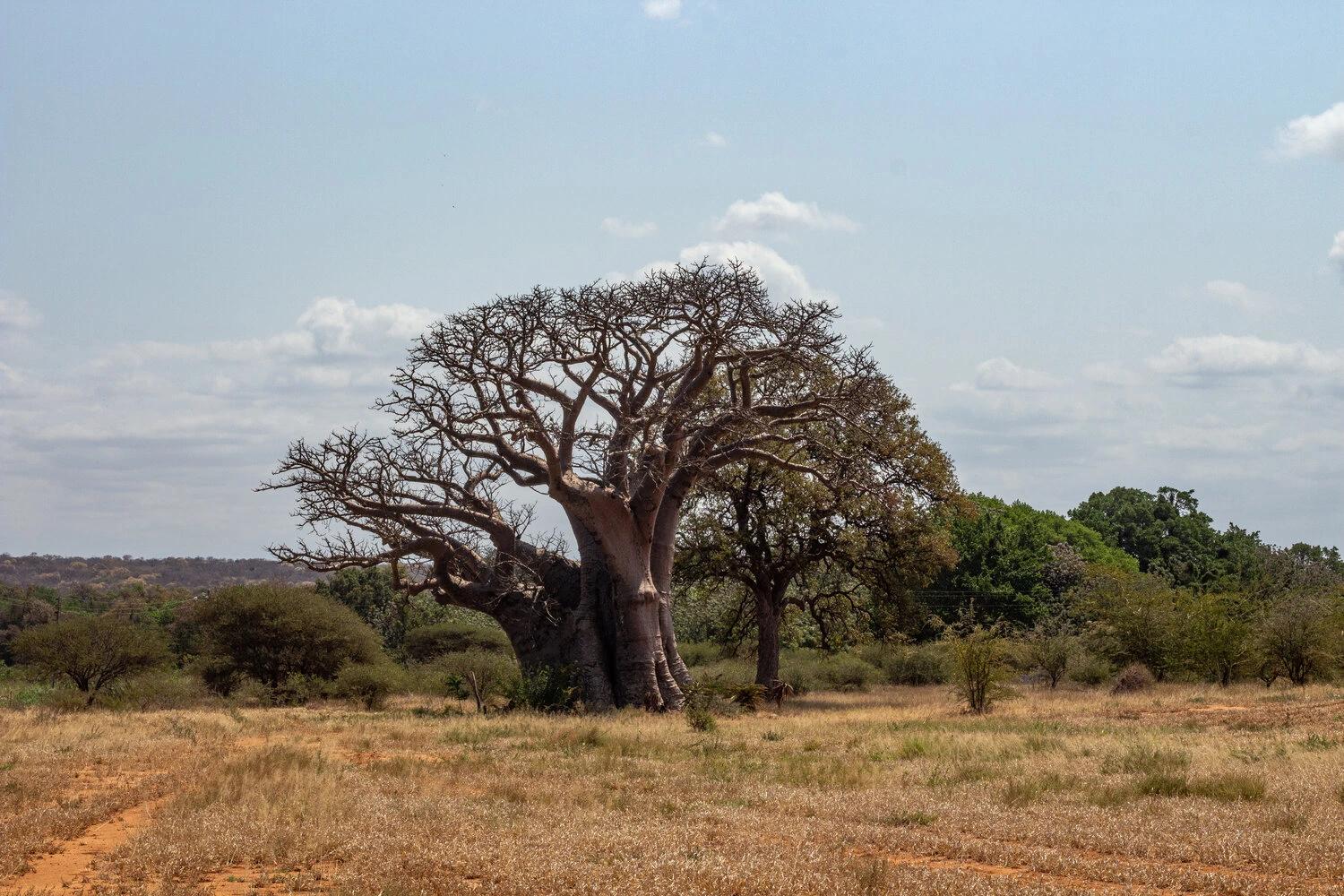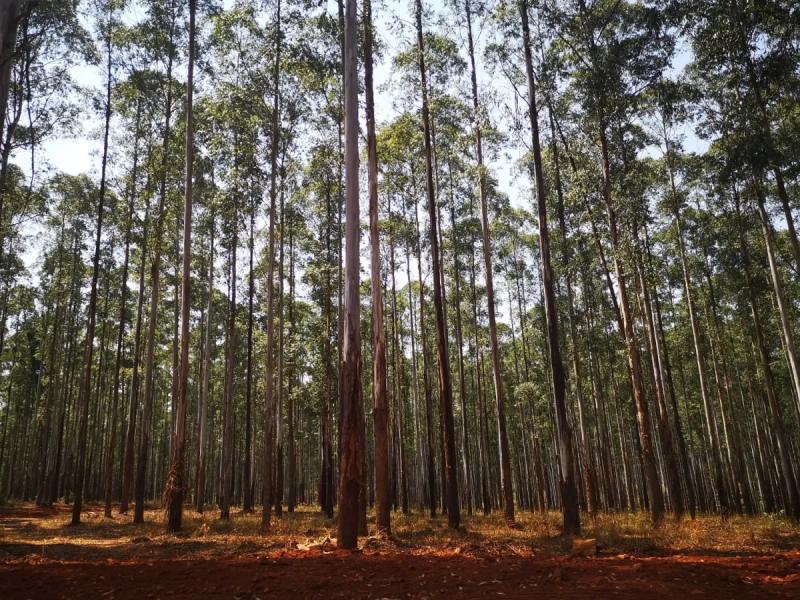Magoebaskloof: A Weekend Among the Tree Giants
As we drove further into the heart of the province, I hadn’t anticipated that the lush vegetation would rival - if not exceed - that of the Garden Route.
24-October-2020

Growing up, my travel bucket list included far off places like India, Spain, Scotland and Australia. But as I’ve gotten older, my gaze has turned inward and I’ve found myself longing to explore the wonderland that is Africa. It was with a certain amount of shame that I would tell people that I hadn’t explored much outside of Cape Town. I’d been to Johannesburg a handful of times and I’d been to the Garden' Route’s Wilderness but other than that, I hadn’t experienced much of the country I grew up in.
In recent years I’ve been trying to change that and have even managed a trip to Addo Elephant National Park where my appetite for wildlife adventures and elephant photography was sparked. Soon after I jumped at the chance to visit Pilanesberg Nature Reserve just outside Johannesburg. So when I was invited on a friend’s family holiday to Limpopo - a province I’d never been too - I had only one answer to give: Yes!
With very little knowledge of the area, I expected to come face to face with a dusty, dry savanna. My research into the weather had, after all, predicted sweltering heats of 35 - 40 degrees celsius. While I was assaulted by the heat as we drove further into the heart of the province, I hadn’t anticipated that the lush vegetation would rival - if not exceed - that of the Garden Route.

As we drew closer to Magoebaskloof, impossibly thin and tall trees loomed on either side of us creating a dense forest. A forest that I quickly became enamored with which was rather fortunate as we passed by them every time we ventured to and from our accommodation at Hillside Farm Village. Although there were many other properties on site, we scarcely saw another soul and the only noise came from the birds and the bees.
One our first day, we drove to Woodbush Forest Estate in search of the world’s third tallest tree. After following a number of signs and fighting dirt roads and steep inclines, we were finally pointed in the direction of a short foot path. I’m still not sure we ever found the third tallest tree in the world but we did find the tallest planted tree in the world. And boy, was it magnificent.

We took turns climbing onto its large base and sat looking up at the eighty metres of bark that stretched out above us like hard toffee pulled to impossible lengths. We enjoyed watching the branches towering high above us and the dappled sunlight slipping through. We continued to stroll through the forest, admiring the foliage below and above, and the while keeping our eyes out for birds and monkeys.
The next day, we drove to Magoebaskloof Hotel for a hike through its neighbouring Afromontane forest. Despite being mere metres from the road side, we felt miles away. With only the path and a few signs showing us the way, we let ourselves get lost in the cacophony of sounds that erupted from the forest depths. Every now and again, we’d catch glimpses of the sweeping valley below.
It’s a circular route in that it loops to create the figure eight and while it’s easily done, there are a few steep declines followed by equally steep inclines so some level of fitness is advised. If you do both loops, you’re rewarded for the extra effort by the arresting sight of an impressive cathedral tree. You’ll want to put extra time aside to simply stare at it in wonderment. You’ll also want some extra time to pause along the way, listen and watch. You may just be lucky enough to see some of the spectacular birds that call the forest home or even some monkeys.

We saved the best for last. The astounding silent giant’s of Africa, the Leydsdorp and Glencoe Baobabs respectively. We first went to the Leydsdorp Baobab which has reportedly been growing there majestically for 2,500 years. Stepping out of our cars, we could sense the ancient magic that surrounded the giant tree and seeped into the red soil. It’d seen and been much in its time from a prison to a post office. It was even a pub at one point. We were told by the keeper of the tree that the white tips at the end of each branch represents a single year of growth and that it only flowers a for a few months a year and only at night.

There are steps leading inside the trunk and a ladder on the outside that takes you to the point where the branches diverge from the trunk. After spending a considerable amount of time fawning over the tree, we ventured off in search of the Glencoe Baobab. En route, we came across another African giant. This time a small herd of large elephants. We stopped to admire them too and then we were on our way again.

The Glencoe Baobab collapsed in 2017 but a second smaller baobab still stands. We spent time admiring it and even picked some of the fruit that had fallen from it. We cracked the shells open and dug out the white seeds and sucked on them until their citrus flavour had gone. We then wen't to where the fallen Glencoe Baobab lay. It had split in three and from it’s huge limps, new thin branches grew straight up reaching for the sky. It was quite the sight.
Growing up, I never had much interest in trees other than to climb them. Limpopo’s giant trees have given me a new appreciation and admiration towards them. I look at the trees back home now and wonder what stories they would tell if they could talk. What legends were made up about them like the baobabs which in African folklore were uprooted and planted upside down by the gods to teach the proud trees a lesson. Considering how magnificent the trees are, I’m not sure it work.
